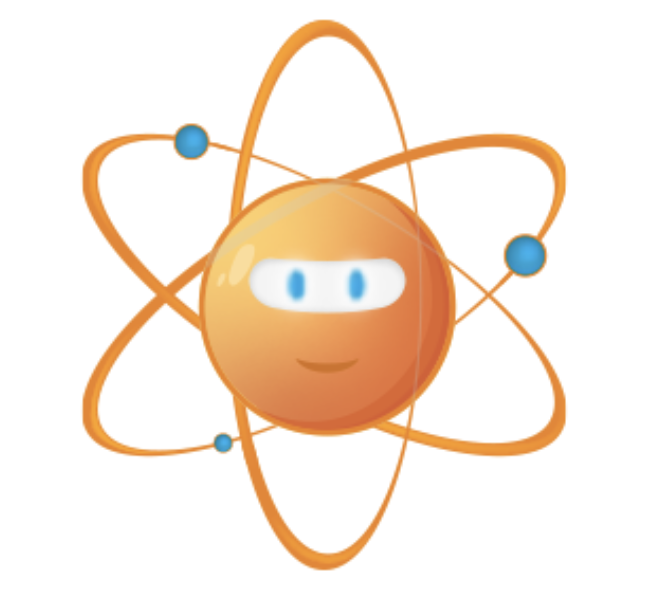Two-Year Community
Building Engagement in STEM Through Career Courses at Two-Year Institutions
Building Engagement in STEM Through Career Courses at Two-Year Institutions
By Jamie Pawloski and Patrick Shabram
This month's Two-Year Community column describes how Geo-Launchpad, a program funded by the NSF, exposes students to internships and research opportunities that promote postsecondary education or workforce employment in the geosciences.
This month's Two-Year Community column describes how Geo-Launchpad, a program funded by the NSF, exposes students to internships and research opportunities that promote postsecondary education or workforce employment in the geosciences.
This month's Two-Year Community column describes how Geo-Launchpad, a program funded by the NSF, exposes students to internships and research opportunities that promote postsecondary education or workforce employment in the geosciences.
Point of View
The Priceless Gift
By Lester Paldy
This column shares reflections or thoughtful opinions on issues of broad interest to the community.
This column shares reflections or thoughtful opinions on issues of broad interest to the community.
This column shares reflections or thoughtful opinions on issues of broad interest to the community.
Promoting STEM Persistence Through an Innovative Field Trip–Based First-Year Experience Course
Promoting STEM Persistence Through an Innovative Field Trip–Based First-Year Experience Course
By Emma Kamen and Alessandra Leri
The authors describe how they introduced a field trip–based course as a requirement for all first-year science majors.
The authors describe how they introduced a field trip–based course as a requirement for all first-year science majors.
The authors describe how they introduced a field trip–based course as a requirement for all first-year science majors.
Developing the Next Generation of Elementary Science Teachers
Developing the Next Generation of Elementary Science Teachers
By Tammy D. Lee and Bonnie Glass
This article describes how science educators at a large southeastern university developed specialized science training for elementary preservice teachers (EPSTs) by creating a combination of discipline-specific science content courses (physical, life, and Earth science) and methods courses (formal and informal) known as an elementary science concentration (ESC).
This article describes how science educators at a large southeastern university developed specialized science training for elementary preservice teachers (EPSTs) by creating a combination of discipline-specific science content courses (physical, life, and Earth science) and methods courses (formal and informal) known as an elementary science concentration (ESC).
This article describes how science educators at a large southeastern university developed specialized science training for elementary preservice teachers (EPSTs) by creating a combination of discipline-specific science content courses (physical, life, and Earth science) and methods courses (formal and informal) known as an elementary science concentration (ESC).
Right to the Source
Information at Your Fingertips
The Science Teacher—November/December 2019 (Volume 87, Issue 4)
By Stephen Wesson
18th-century mobile devices!
18th-century mobile devices!
18th-century mobile devices!
Current Science Classroom
The New Space Race
The Science Teacher—November/December 2019 (Volume 87, Issue 4)
By Chris Anderson
Idea Bank
Arguing About a Chemical Change
Arguing About a Chemical Change (Volume 87, Issue 4)
By Patrick Brown
Citizen Science
Migrate to Mobile with eBird
(Volume 87, Issue 4)
By Jill Nugent

Collaborative science projects you can join
Collaborative science projects you can join
Collaborative science projects you can join
Commentary
Using Models to Teach Science
By Byung-Yeol Park, Laura Rodriguez, and Todd Campbell
Feature
Evidence of Molecular Motion
Using cell phones, microscopes, and computer models to examine Brownian motion



